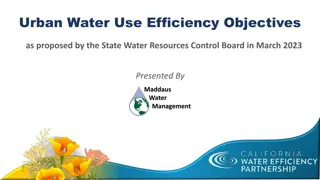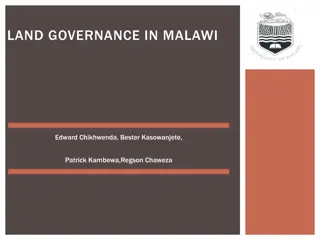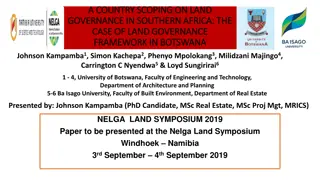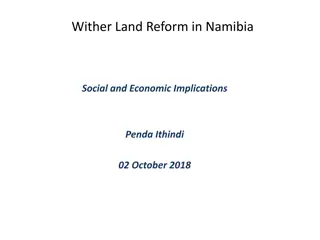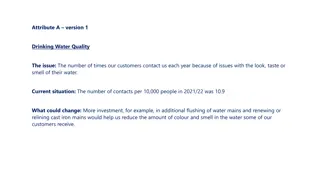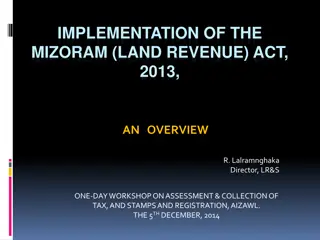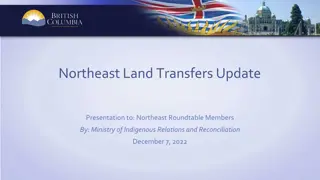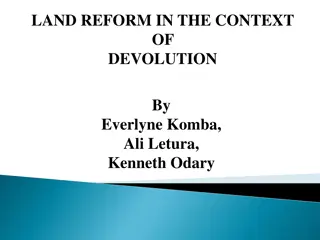
Land vs. Water Temperature Differentials: Impacts on Pressure and Air Movement
Explore the differential heating and cooling rates of land and water, and their effects on pressure and air movement. Conduct experiments with sand and water to observe which material heats up faster and requires more energy. Analyze the implications on air temperature variations over land and water during daytime and infer the impact on air movement patterns. Make claims, provide evidence from data tables, and reason on the observed phenomena related to land and sea breezes.
Download Presentation

Please find below an Image/Link to download the presentation.
The content on the website is provided AS IS for your information and personal use only. It may not be sold, licensed, or shared on other websites without obtaining consent from the author. If you encounter any issues during the download, it is possible that the publisher has removed the file from their server.
You are allowed to download the files provided on this website for personal or commercial use, subject to the condition that they are used lawfully. All files are the property of their respective owners.
The content on the website is provided AS IS for your information and personal use only. It may not be sold, licensed, or shared on other websites without obtaining consent from the author.
E N D
Presentation Transcript
Does land or water heat up and cool off faster, and what effect does this have on pressure?
If I heat a beaker of sand and a beaker of water, then the ________ will heat up (and cool off) the fastest because _____________.
(2) Beakers Heat Lamp Sand (approx. 150 ml) (2) Thermometers Stopwatch/Timer Water (approx. 150 ml)
1. Place one thermometer into the beaker of sand and one thermometer into the beaker of water. 2. Record the beginning temperature of the sand and water in each beaker in the data table. 3. Turn on the lamp. Make sure both beakers are centered evenly on the lamp. 4. Start the timer. 5. Read and record the temperatures of the sand and water in the data table every 30 seconds for a total of 5 minutes. 6. After 5 minutes turn the lamp off. 7. Reset and restart the timer. 8. After 5 minutes of cooling record the temperature of the sand and water in each beaker at the bottom of your data table. 9. Calculate and record the temperature change between the final heated temperature and the cooled temperature of the sand and water.
Time (minutes) 0 0.5 1.0 1.5 2.0 2.5 3.0 3.5 4.0 4.5 5.0 Time (minutes) Sand Temperature Sand Temperature Water Temperature Water Temperature
Which substance heated up the fastest? 1. Which substance required the most energy to change its temperature? 2. Based on the data, what can you infer about the effects on the air temperature above land compared to water during the daytime? In other words, will the air heat up faster or slower over land compared to water? Explain your answer. 3. Based on the data and your answer to the previous question, what can you infer about the movement of the air above land compared to the movement of air above water during the daytime? 4.
Claim: Answer the question. Evidence: Back up your claim using numbers from your data table. Reasoning: How does what you observed explain land and sea breezes?




